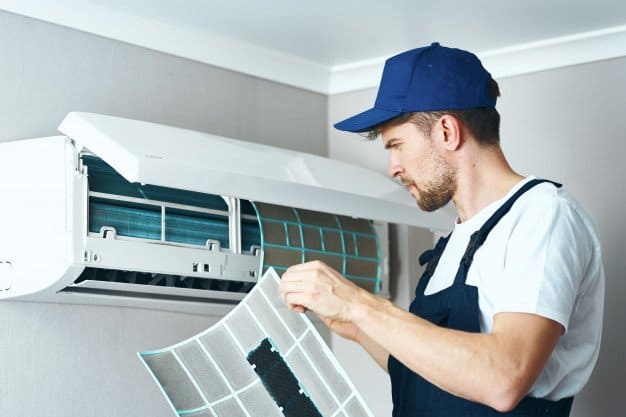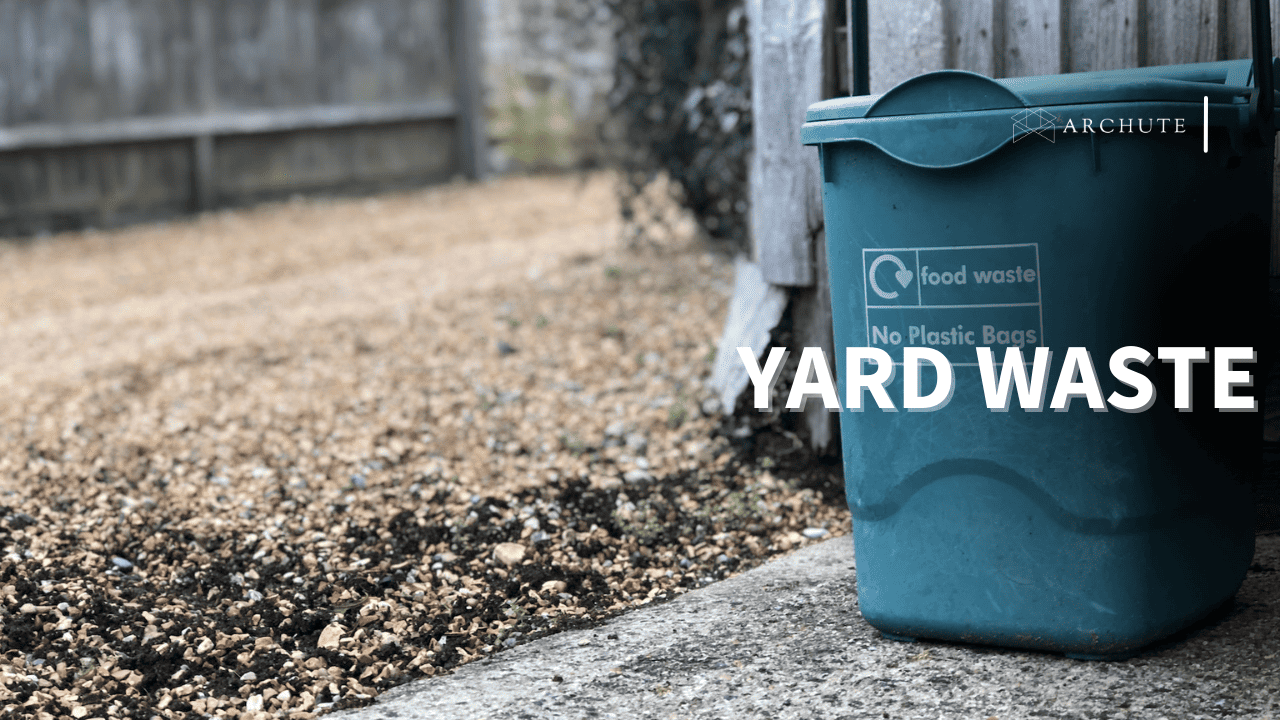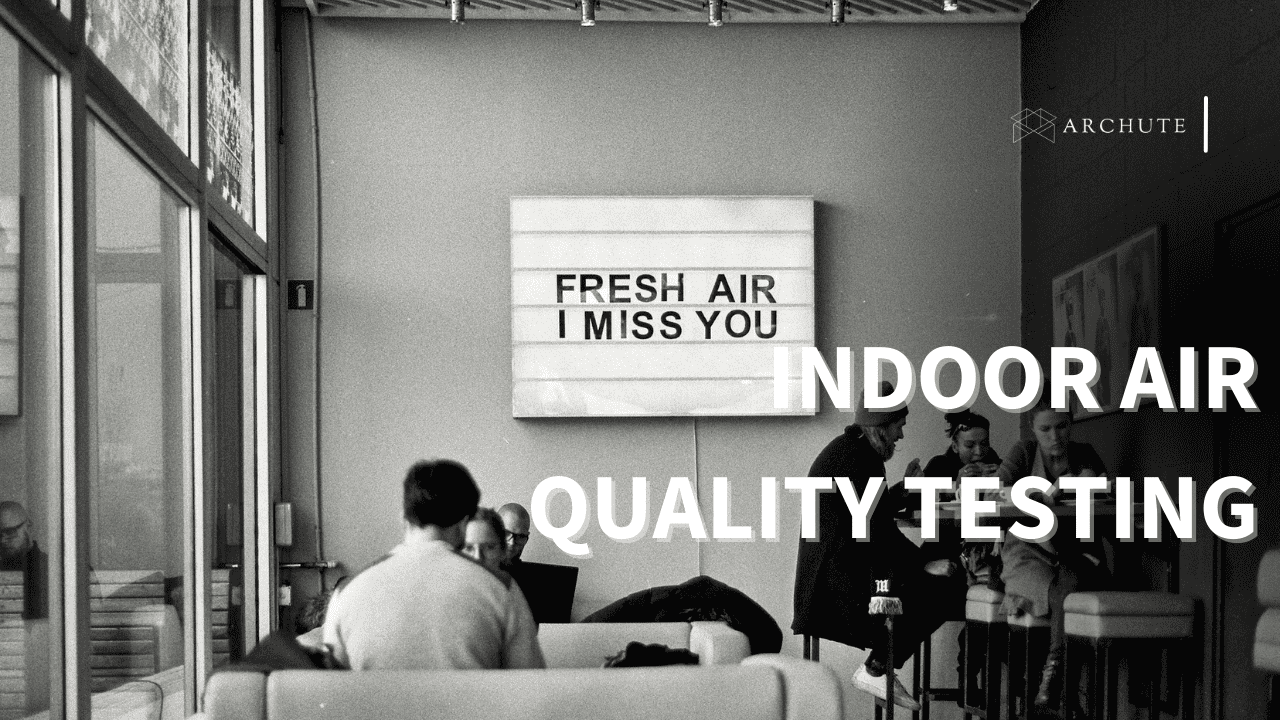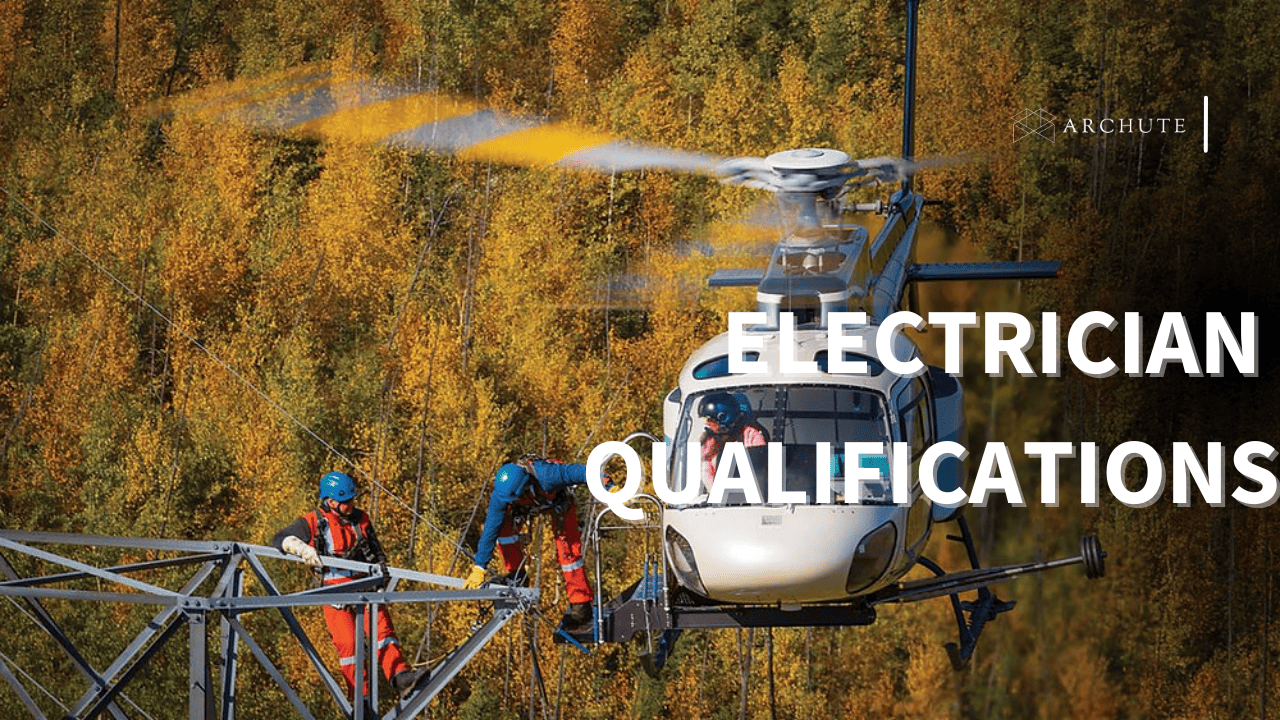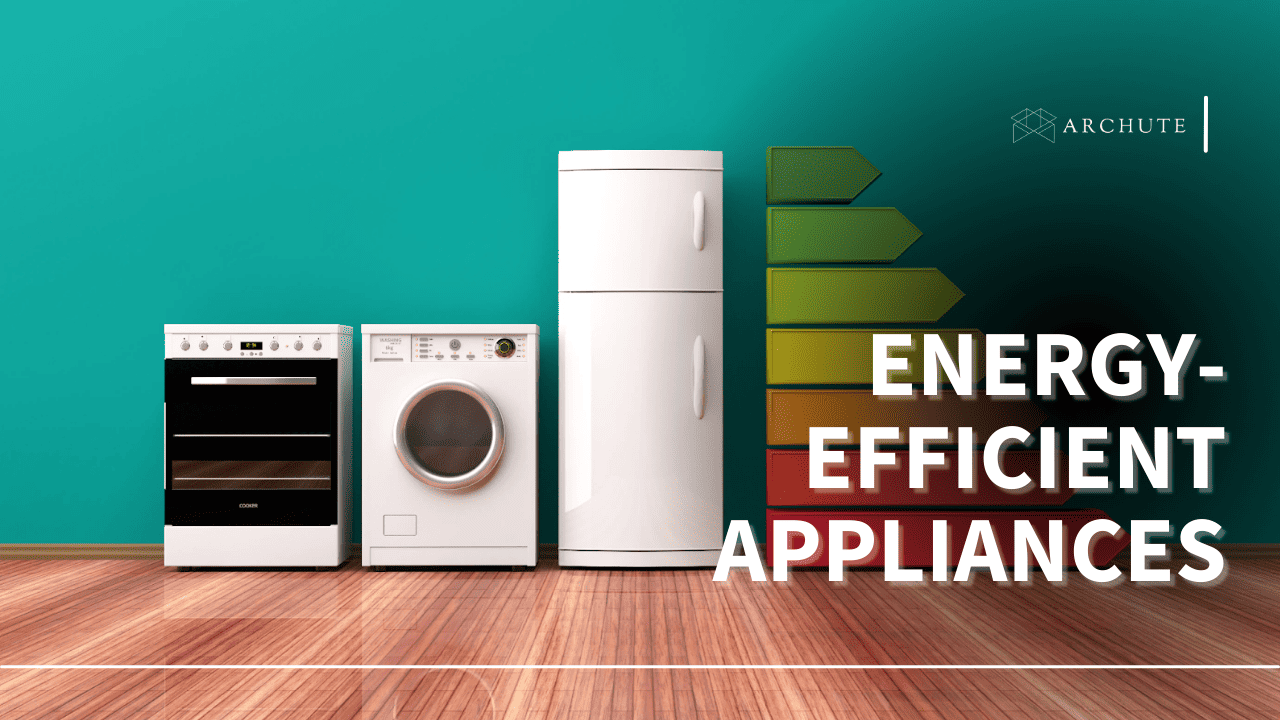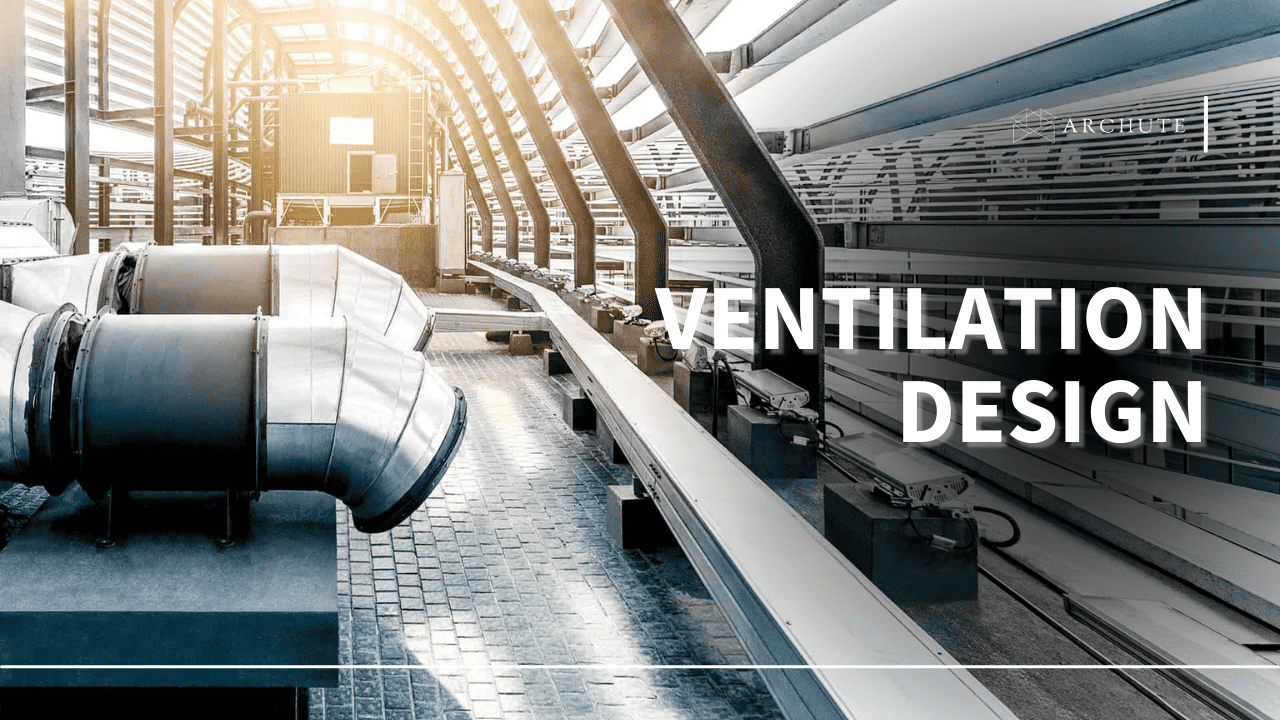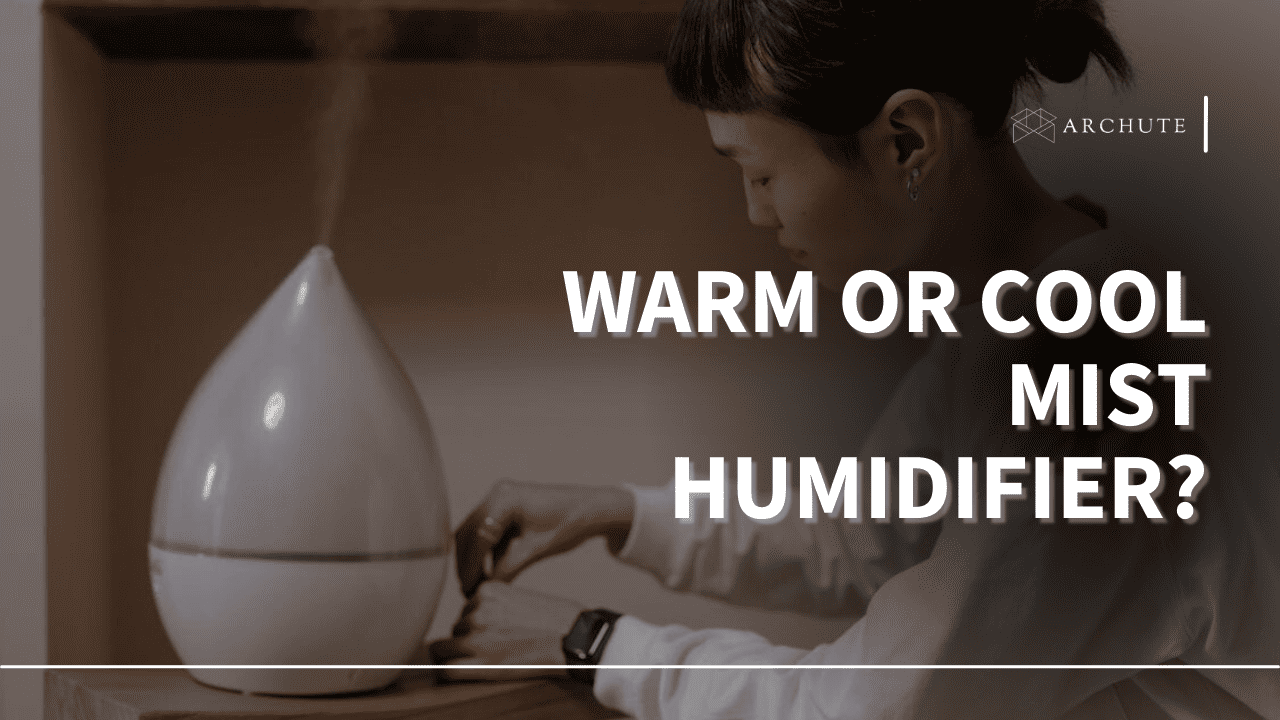An air conditioning unit usually plays a vital role in making your indoor air clean and safe all the time. Over time, however, you might realize that your AC unit is working harder to achieve the same cooling level as it once did. Also, if you have an HVAC system, the heating may become less effective over time. So, to overcome the problem, you need to learn how to clean an air conditioner so that you can clean yours at home without hiring a professional. Fortunately, this guide will help you acquire the needed knowledge and what's needed of you when cleaning an AC unit.
Why Do You Need to Clean Your Air Conditioner?
Each air conditioner usually has a filter that protects it by cleaning the air that circulates through it. However, over time the air conditioner filter becomes clogged with debris that it's been removed from the air, and that's why you need to clean it. Otherwise, the accumulated debris will block the circulating of cold air, making your AC unit less effective and forcing you to run it at full speed and hoping everything is well.
So, as a result, your electricity goes up just because you didn't clean the unit. Also, things might go south, and you are needed to repair them. We recommend you clean your air conditioner to resolve any issue resulting in the repair or replacement of the entire unit. Keep on reading for everything you need to know on how to clean an air conditioner.
What Tools and Materials Do You Need to Clean Air Conditioners?
When it comes to an understanding of how to clean an air conditioner, you will realize you need a few items from your store to give your air conditioner a thorough cleaning. Therefore, before you can get started to ensure you have the following materials:
- Screwdriver or nut driver
- Soft-bristle brush or Fin comb
- Reusable cloth
- Spray bottle
- Soap or mild detergent
- Warm water
- Drip tray to place underneath the AC unit
What Are the Steps to Follow When Cleaning the Air Conditioner?
Step 1: Turn off the power supply to the air conditioner
Air conditioners usually have many moving parts; therefore, since safety is paramount, remember to turn off the power supply to your system at the breaker box. Besides, cleaning an AC unit as it runs is dangerous, and you should avoid it. Instead, look for the service panel on the exterior air conditioning condenser or compressor to switch off the power. But if you have trouble finding the service box, you can switch off the entire system at your breaker box, as mentioned earlier.
Step 2: Open up the air conditioning system.
Your air conditioner unit will have a door to the air filters and other components. However, depending on your central air conditioner, you might have to remove the foil duct tape. The system has a few screws or bolts are holding the door in place.
Step 3: Clean the evaporator coils
Use a soft brush to remove dust from the coil gently. This dust will have the debris that populates the inside of your home, including the pollen, hair, dirt, skin cells and other debris, so if you are prone to allergies, we recommend you wear a mask.
The best cleaning solution for this task is a non-rinse coil cleaner readily available at your local home improvement store. This spray usually foams up and then drips into the air conditioner's drain pan, taking the debris with it. Spray the non-rinse foam on as uniformly as you can, and get it in all the tiny areas you can't access with your hand. Also, the best time to do the cleaning is on a warm day so that when your turn the air conditioner back on, the condenser rinses off the coils.
Step 4: Clean the condenser coils
To clean the condenser coils effectively, remove the tops and side panels (well known as the protective grilles) from the condenser. You can do this by using a nut driver or a screwdriver. First, unscrew the side panels, then pull them away from the unit. Then, lift off the tops, which might be heavy and avoid tugging along any wires attached to the fan motor.
Next, using a soft brush, start cleaning the AC condenser coils from the outside of the AC unit. Carefully clean it, avoiding bending the vulnerable fins or coils. If you bend the fins, you will need a fin comb to straighten them. Once the outside is clean, vacuum the Ac coils from the inside. Moreover, to get rid of stubborn debris from the condenser, you can spray an AC coil cleaner from the inside.
We recommend you be careful not to spray the fan or other components. You can as well use a hose with a trigger-style nozzle to remove the dirt and debris inside the unit. Cover the fan and other electrical components with a plastic bag when spraying the coils.
Step 5: Clean the AC drain pan
After the coil cleaner has done its job, now it's time to clean out the drain pan. A mild detergent and hot water are a good start point, while bleach helps with sanitization. Make a 50/50 water and bleach solution and pour it down the drain to ensure it's clear. However, if you want a longer-term method to keep your drain from algae, you can buy AC drain pan tablets at the local home improvement stores and hardware.
Step 6: Clear the AC drain.
If the bleach solution you made on step 6 washes easily down the drain, you can do away with this step. However, if it is slow, your drain may be plugged. Without occasional cleaning and maintenance, algae and mold can accumulate in the drain. The AC has a PVC pipe of about 1-inch wide, so it does not take much accumulation to clog. Moreover, your drain may be outside around the condenser unit. If not, it will let out into a drain or a utility sink on the basement floor.
If your AC system is in the loft, it might drain down one of your exterior walls. Follow the drain and use a wet/dry vacuum. If you're concerned about soiling the air filter, you can remove it from the vacuum cleaner. Next, hold the vacuum hose to the drain tube end. You can prevent air leakage by covering it with a towel around the gap. Besides, if you want a tighter seal, use duct tape to hold the hose and drain together. Then, go on and turn on the vacuum and allow it to run for about two to three minutes to remove debris and any accumulation of dirt and dust.
Step 7: Close the AC access panel.
Under this step, reattach the access panel with the screws you took out at the beginning of the cleaning procedure. If you have an HVAC system metal foil tape, you can use it to seal the entire access panel. However, avoid covering up the manufacturer's label, as a technician might require it to make repairs or perform maintenance on the unit.
Finally, this is all you need for regular cleaning; however, you may encounter some issues you cannot handle yourself. Moreover, if you have A-frame evaporator coils, there are parts you might not be able to access since the coils are usually enclosed on both ends. Therefore, if you have not cleaned them in a while, there is a good chance you need a professional to clean them.
Tips on How to Clean Your Air Conditioning Filters
The most straightforward but essential step to cleaning a window AC unit is cleaning the air filters. Your air conditioner system either has replaceable or reusable air filters in the furnace or air-handler cabinets. It is essential to clean or replace the worn-out air filters twice a year or when they get clogged with dust, dirt, or hair for proper airflow.
1. Vacuum the air conditioning filter
For regular care and maintenance, vacuuming is all you're needed to do. Use an attachment without the brush since it might damage the air filter. Then run the vacuum across the length of the filter. You will see dust coming out. If you have pets in your home, you might have to go over the air filter a few more times to get out as much hair as you can. However, avoid pushing it too hard on the air filter as you vacuum. Otherwise, you will end up denting or tearing it.
2. Soak the air conditioner filter
Fill up a large container with room-temperature water, add a few drops of liquid detergent, mix it well, and allow the water to lather up. Then, place the air filter in the container and ensure it is submerged. Next, move the filter back and forth to ensure it is fully covered in soapy water and allow it to sit for about 10-15 minutes.
When cleaning it, avoid using brushes or other abrasive tools because they may damage it. Instead, use a hose to remove the dust and dirt particles. Hose off each side at a time until the water comes out clean.
3. Spray the AC filter
The next step is spraying a one-to-one solution of water and vinegar using a spray bottle. Ensure you spray both sides of the air filter and allow it 10 minutes for the solution to kill bacteria completely. Then, rinse the air filter under running water.
4. Dry the air conditioning filter
Air conditioner filters need to air dry, and it might take several hours to dry completely. To help the process, you can place newspapers on the ground underneath the air filter, then lean the filter against the wall and once three hours are over, you can re-install the air filter in your air conditioner.
What Are the Main Benefits of Cleaning an Air Conditioner?
1. Enhance air conditioner efficiency
Cleaning your AC allows it to perform more effectively by reducing the pressure and stress that dust and other debris accumulation put on your unit. When filters get clogged and become dirty, the normal airflow is obstructed, making your unit work harder. Furthermore, when dust and dirt cover the evaporator coil, its ability to absorb heat is usually impaired, reducing efficiency and ability to cool your house, resulting in warm air in the surrounding.
2. Ensures better indoor air quality
Your air conditioning system usually does more than only cool your home; It plays an essential role in keeping the air circulating your house clean and healthy. But, unfortunately, a dirty unit offers a suitable breeding ground for bacteria, mold, fungi and germs to thrive. So whenever you turn on your air conditioning system, these particles get blown into the entire room and contaminate the air, thereby posing a risk to your health and increasing your risk of respiratory problems.
3. Reduced repair costs
One of the advantages of regular air conditioner cleaning is locating issues and repairing them before becoming more extensive. Besides, replacing faulty parts of your unit costs less than replacing the entire air conditioner system due to severe damage or breakdown.
Moreover, leaving your air conditioner units in an unmaintained state will result in more significant issues and complete failure. As your air conditioning unit gathers more dirt and dust, it will become challenging to clean. Also, your unit will be prone to overheating as the evaporator coils are incapable of dissipating heat effectively. Additionally, the system will be prone to develop ice build-ups. These issues can be avoided by regularly cleaning the air condition system.
4. Lower electricity bills
Cooling systems usually comprise a large portion of your monthly electricity consumption. In the same context, an unmaintained air conditioner consumes more power because it's forced to work harder, raising its running costs. Generally, such air conditioners use about 5 to 10% more electricity. By cleaning your air conditioning unit, you reduce your system's need to work harder and save money off your electricity bill.
5. Better Sleep
When you live in a hot climate, you will know how difficult it can be to get to sleep when there is no escape from the heat. Running your air conditioning can provide a lot of relief and ensure that you have a comfortable environment at home to sleep in. However, a dirty and dusty air conditioning unit will not only reduce the efficiency of your system and make it harder to stay cool at night, but it can also be dangerous for your health and leave you waking up with a sore throat and a dry mouth and nose from breathing in dusty air all night long. A clean air conditioning system will help improve the quality of your sleep and ensure that you wake up feeling rested and refreshed instead of grumpy every morning.
Why Get Professional Cleaning?
According to Advanced Clean Air’s leading air conditioner cleaning experts in Brisbane, the harsh climate in Queensland can cause air con systems to clog up during hot and humid months. While you can keep on top of cleaning your air conditioning unit yourself by removing any large clogs and dust from the filter on a regular basis, certain types of air conditioning maintenance might require more specific skills that are best left to the experts. You might inadvertently damage the coils and other parts of the system by attempting to do this yourself if you are not sure how, so it’s well worth investing in professional cleaning for the best results and the knowledge that your air con is in good hands.

